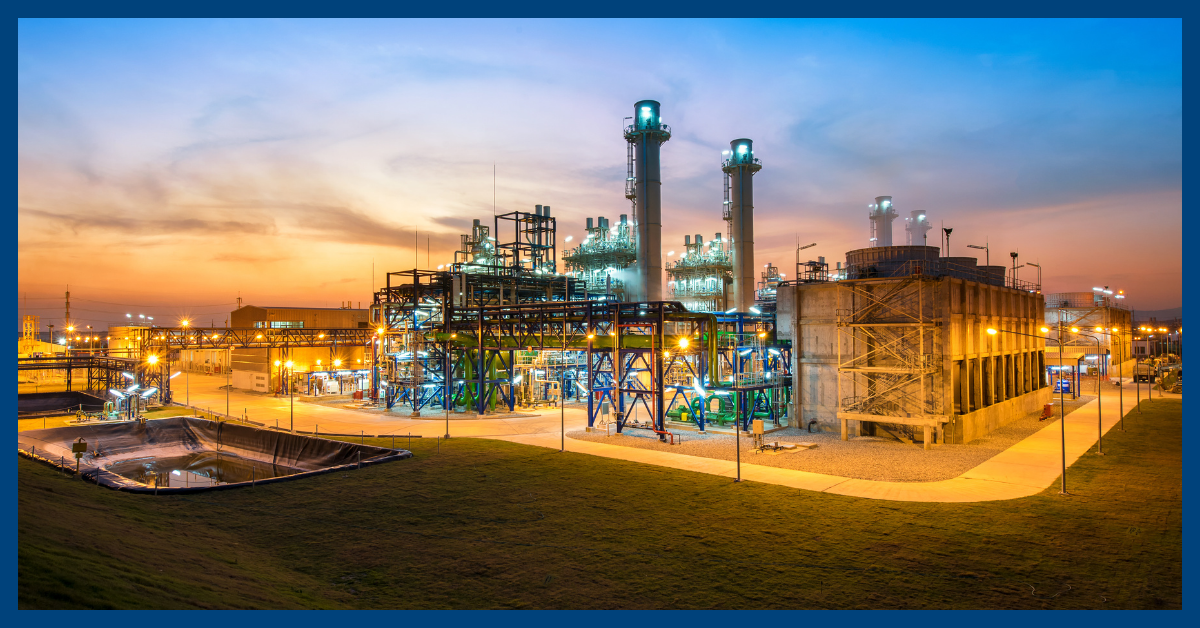Power Plant Fundamentals: Understanding the Basics of Electricity Generation
Do you think electricity is the cat’s pajamas? Chances are you do, especially since we’ve been experiencing a sweltering summer. Electricity is an indispensable part of our lives, but have you even sat in reflection on where it comes from? The answer is in power plants, and I’m going to give you a basic idea of power plant fundamentals and how the electricity is produced.
Let’s start at the beginning…
What’s a power plant? Power plants are facilities that convert various forms of energy into electrical energy. The plants generate the electricity that powers our homes, businesses, and cities. There are various sizes and forms of power plants (nuclear, hydro, gas, solar, etc.) that each harness different energy sources to generate electricity.
Fossil Fuel Power Plants burn fossil fuels such as coal, natural gas, or oil to produce heat, which is used to generate steam that drives turbines connected to a generator, producing electricity.
Nuclear Power Plants are generated by nuclear fission reactions, where the nucleus of an atom is split into smaller fragments, releasing a great amount of energy. The process heats water to produce steam that drives turbines connected to a generator, producing electricity.
Renewable Energy Power Plants harness natural, replenishing resources to produce electricity.
Types of renewable power plants include:
- Hydropower Plants use the energy of flowing or falling water to move turbines that generate electricity.
- Wind Power Plants convert wind energy into electricity using wind turbines.
- Solar Power Plants use systems to capture sunlight and convert it into electricity.
- Geothermal Power Plants generate electricity by accessing the Earth’s internal heat.
- Biomass Power Plants burn organic materials to produce heat to make steam, driving turbines that generate electricity.
Now let’s talk about the basic stages of a power plant and how they generate electricity!
- Energy Conversion
The power plant’s energy source undergoes a conversion process to produce heat or mechanical energy. The primary energy fuel source varies as discussed above.
- Steam Generation
In fossil fuel and nuclear power plants, the heat produced generates high-pressure steam by heating water in a boiler. Steam produced travels to the turbine. The condenser converts the exhausted steam from the turbine back to water, then returns the water to the boiler for heating, again.
- Turbine Rotation
The high-pressure steam drives the turbine’s blades, causing the turbine to rotate. The turbine is a device driven by steam, water, or wind, depending on the power plant type. Turbine blades rotate the shaft, converting kinetic energy into mechanical energy, acting as the prime mover for the generator.
- Electricity Generation
The rotating turbine shaft is connected to the generator, resulting in the movement of magnetic fields that generate electrical energy. The generator is the heart of the power plant, converting mechanical energy into electrical energy. It comprises a rotor and a stator, which work together to produce a flow of electrons, generating electricity. A cooling system prevents overheating of the equipment. Water- or air-cooling systems help maintain the optimal temperature during electricity generation.
- Transmission
The electricity generated is transmitted through high-voltage power lines to substations and then distributed to homes, businesses, and industries.
Understanding the fundamentals of power plants is essential for comprehending the processes involved in generating electricity. At Accelerant Solutions, our fundamentals experts have created education programs that serve as the foundation for operators of power plant electricity generation, transmission, and distribution. Our training programs take advantage of advancements in technology and innovative methods to provide an exciting opportunity to introduce new operators to the power plant industry. Contact us for more information on how we can transform your program into an engaging experience for aspiring operators of the future.



